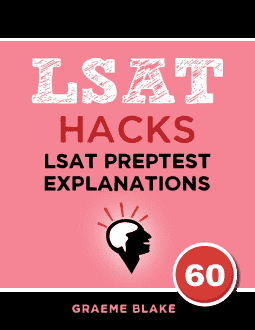DISCUSSION: Lines 13-17 describe the uplift arrangement: the lawyer gets their normal fee + an additional extra percentage of that fee.
So something like “Fee + 75% of fee extra”. E.g. i your estimated fee is $10,000, you would instead get $17,500 if you win, and $0 if you lose.
Presumably, the most you could get as an extra would be an additional 100% of the fee (though that’s not certain).
___________
- This is a different arrangement. Multiple people are paying in, before winning. In contingency fee arrangements, nobody pays the lawyer anything until they win.
- CORRECT. This matches. “Substantially reducing expenses” = winning the legal case. Twice the normal fee = the usual fee + 100% of the fee extra.
- This is similar to A. It doesn’t match because the lawyer’s returns in a contingency case aren’t proportional to their risk. The lawyer bears 100% of the risk of loss in a contingency case! But they don’t get 100% of the payout.
- Lawyers’ fees aren’t calculated in reference to the risk. Instead, lawyers’ fees are calculated based on their usual fee + an additional percentage of that fee.
- There was no loan in the case of the lawyer. And the client has no obligation to the lawyer unless the lawyer wins. Whereas in this case the buyer definitely has an obligation to pay the seller.

Want a free Reading Comp lesson?
Get a free sample of the Reading Comprehension Mastery Seminar. Learn tips for solving RC questions


Leave a Reply